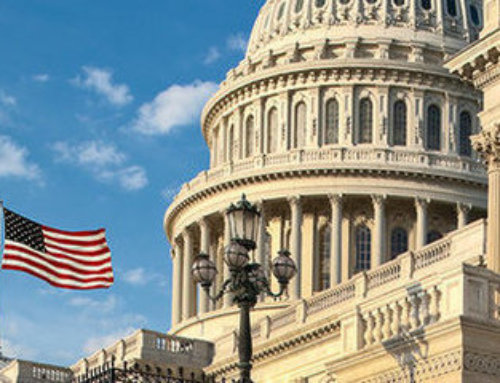According to the Department of Health and Human Services (HHS) report which provides the first comprehensive look at the average premium prices consumers will pay for coverage through the health insurance exchanges. The report included data from the 36 states in which the federal government will either run the exchange or partner with the state.
The HHS report showed that consumers in the 36 federally run exchanges will be able to choose from an average of 53 health plans. The number of insurers offering coverage will range from one in New Hampshire and West Virginia to 13 in Wisconsin. About 95% of consumers will have at least two insurers from which to choose.
Premiums will vary for the individual plan. For example, a 27-year-new with an annual income of $25,000 would pay a monthly premium of about $145 for a second-lowest-cost plan in most states. However, federal subsidies would lower costs and in some places would offset the entire cost of for a least-expensive plan. If the 27-year-new who qualified for federal subsidies decided to purchase the lowest-cost plan, he or she could see their monthly premium fall to $74 in the Dallas-Fort Worth area, $102 in Orlando and $119 in Pittsburgh, while in D.C. the subsidy would offset the entire premium.
Premium prices for a family of four also vary. After including federal subsidies, monthly premiums for a family of four with an annual income of $50,000 would average $282 for a second-lowest-cost plan. However, if the family used its subsidy to purchase the lowest-cost plan, the monthly premium would be $26 in Dallas-Fort Worth, $126 in Orlando and $209 in Pittsburgh.








